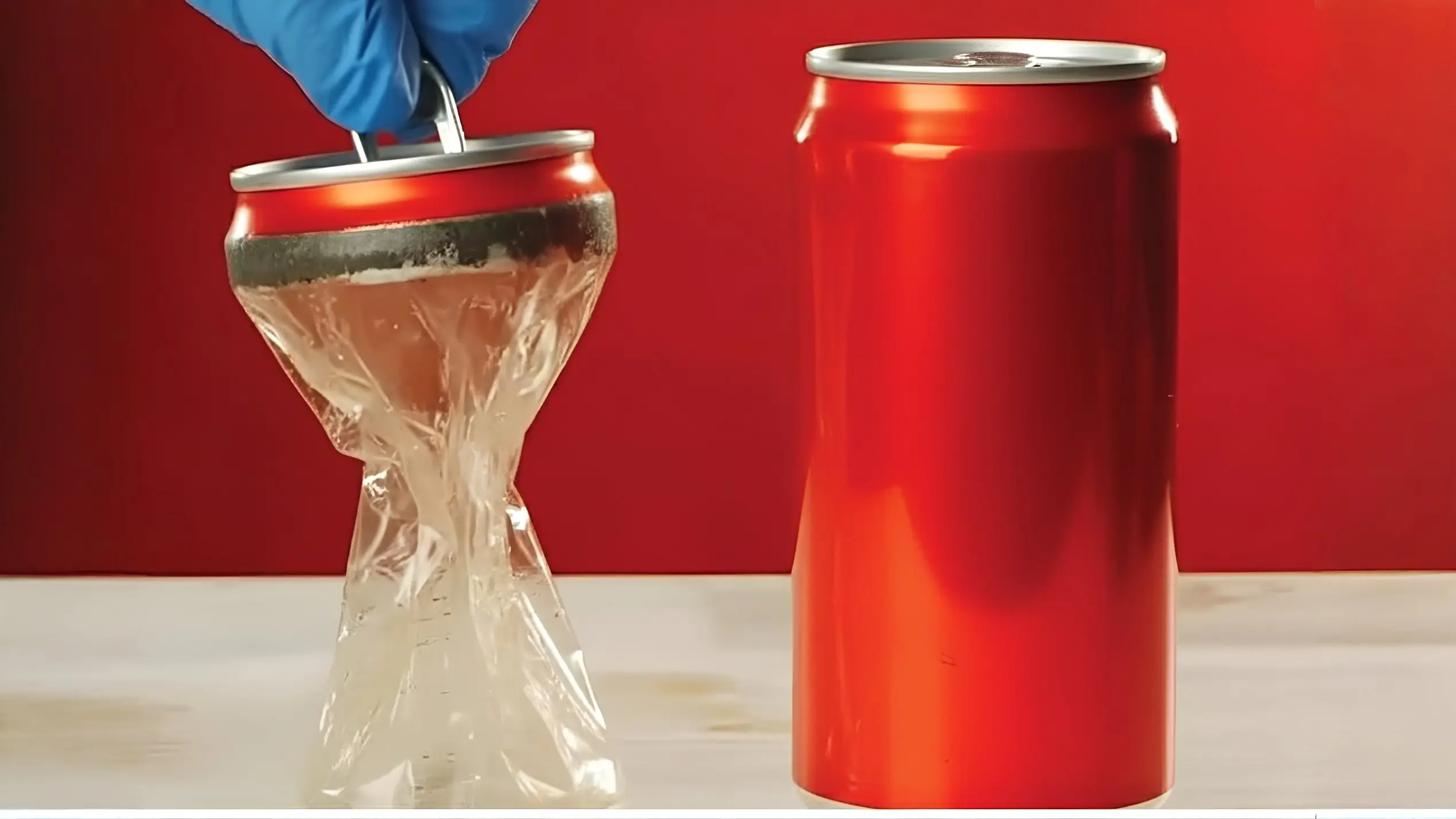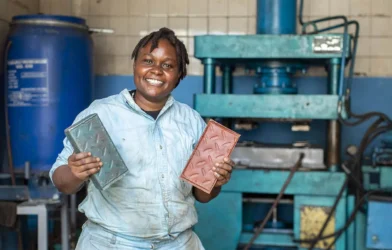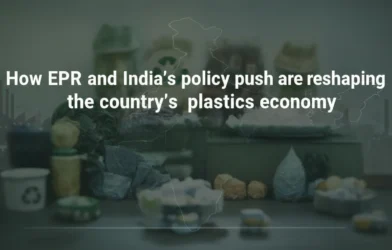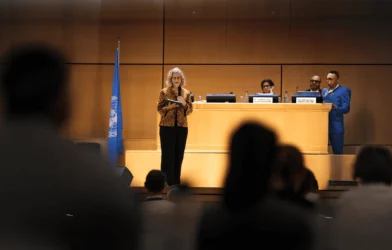Author: Aditya Pareek | EQMint
The Coke Can Myth
At first glance, a Coca-Cola can seems like a simple aluminum container. But look closer, and you’ll find a thin plastic lining inside. This invisible layer isn’t decorative — it’s protective.
Without it, the drink would react with aluminum, potentially leaching dangerous levels of metal into the liquid. In fact, research suggests that an unlined aluminum can could lead to four times the safe levels of aluminum in a single serving. The plastic film inside acts as a barrier, keeping the beverage safe and stable.
Coca-Cola is not unique. Almost every food or drink package you encounter quietly depends on plastic for functionality, preservation, and safety. Far from being an unnecessary evil, plastic is often the hidden shield that makes modern consumption possible.
Beyond Coke: Everyday Products That Depend on Plastic
Frooti Packs: Affordable Convenience
Take Frooti, the mango drink that has become a household staple across India. Its packaging looks like paper from the outside, but the reality is more complex: each pack combines paper, aluminum, and roughly 22% plastic.
This hybrid structure isn’t arbitrary. The plastic layer keeps the pack airtight, preventing spoilage and eliminating the need for constant refrigeration. Without it, every pack of Frooti would need cold storage — a logistical nightmare for India’s vast network of kirana stores. The iconic ₹10 Frooti would likely disappear, replaced by a far more expensive product.
Amul Milk Packs: Efficiency on Wheels
Milk packaging tells a similar story. Each Amul pouch contains about 5 grams of plastic. That may sound negligible, but the impact is profound.
If milk were distributed in glass bottles instead, transportation costs would skyrocket. To move 10,000 liters of milk, a single truck suffices with plastic pouches. With glass bottles, you’d need three trucks. That means more fuel, higher carbon emissions, and greater expenses — costs that would eventually fall on the consumer.
Beyond logistics, plastic extends shelf life and reduces spoilage. Without it, the risk of waste would multiply, undermining food security and affordability.
Tea Bags: Holding It Together
Even the humble tea bag isn’t purely paper. Manufacturers use polypropylene seals to ensure the bag doesn’t burst when steeped in boiling water.
Remove the plastic, and the result is obvious: fragile paper pouches splitting open in your cup, scattering loose tea leaves everywhere. It’s a small but essential example of how plastic quietly upholds convenience and hygiene.
Paper Cups: More Than Meets the Eye
Paper cups are another case of hidden reliance. While they appear to be simple paper, each one has a thin plastic lining that prevents leaks. Without it, a hot drink would soak through the paper and collapse the cup within seconds.
Plastic is what transforms a flimsy paper sheet into a practical, disposable container capable of holding your coffee or chai safely.
The Bigger Picture: Mismanaged Plastic Is the Problem
These examples reveal a difficult truth: plastic itself isn’t the villain. Mismanaged plastic is.
Plastic offers undeniable benefits in food safety, affordability, and convenience. It prevents contamination, reduces waste, and lowers costs for both producers and consumers. The real crisis arises not from the material itself but from how we handle it after use.
In India, a large share of waste management falls on the unorganized sector — informal workers and ragpickers who play a critical role in collecting and sorting recyclable material. Yet without proper infrastructure, much of the plastic ends up in landfills, rivers, or oceans.
The Illusion of a Blanket Ban
Calls to “ban plastic” may sound like a quick fix, but the consequences would be severe. Eliminating plastic from essential products would mean:
- Unsafe drinks: Coke and similar beverages could become toxic without protective linings.
- Costlier dairy: Milk could spoil faster and cost more due to inefficient packaging and transport.
- Weaker alternatives: Paper cups and tea bags would fail in their basic function.
- Loss of accessibility: Affordable products like small Frooti packs could disappear entirely.
A ban would not eliminate demand for durability, hygiene, and efficiency. Instead, it would shift costs upward and increase reliance on bulkier or less efficient materials, creating more waste and emissions in other ways.
The Real Solution: Recycling and Organization
Rather than demonizing plastic, the priority should be building robust recycling systems and formalizing the unorganized waste sector. By investing in infrastructure for collection, sorting, and processing, India can reduce pollution while retaining the benefits plastic provides.
Countries that have achieved higher recycling rates demonstrate that plastics can be part of a sustainable cycle — but only when properly managed. For India, this means channeling resources toward waste segregation, supporting informal workers with training and incentives, and expanding advanced recycling facilities.
Conclusion: A Balanced View of Plastic
Plastic is often portrayed as an environmental scourge, but the reality is more nuanced. It is a material that makes modern life possible — from keeping milk fresh to making soft drinks safe. The problem lies not in the existence of plastic, but in its mismanagement after use.
The path forward isn’t about sweeping bans or demonization. It’s about smarter systems, stronger recycling, and recognizing the indispensable role that plastic plays in our daily lives.
So, the next time someone says “ban it all,” consider the trade-offs: poisoned Coke, spoiled milk, fragile tea bags, and collapsing paper cups. Plastic is not the enemy — waste without management is.
References
- “Plastic Inside Your Soda and Beer Can?” — discussing how aluminum cans have a thin plastic liner to protect their contents
- “Why Are There Plastic Liners in Aluminum Cans?” (GPI blog) — overview of corrosion prevention, liner issues and leaching concerns
- “Man dissolves Coca-Cola can … reveal hidden plastic layer inside” (Hindustan Times) — real-life experiment showing the plastic liner in Coke cans








